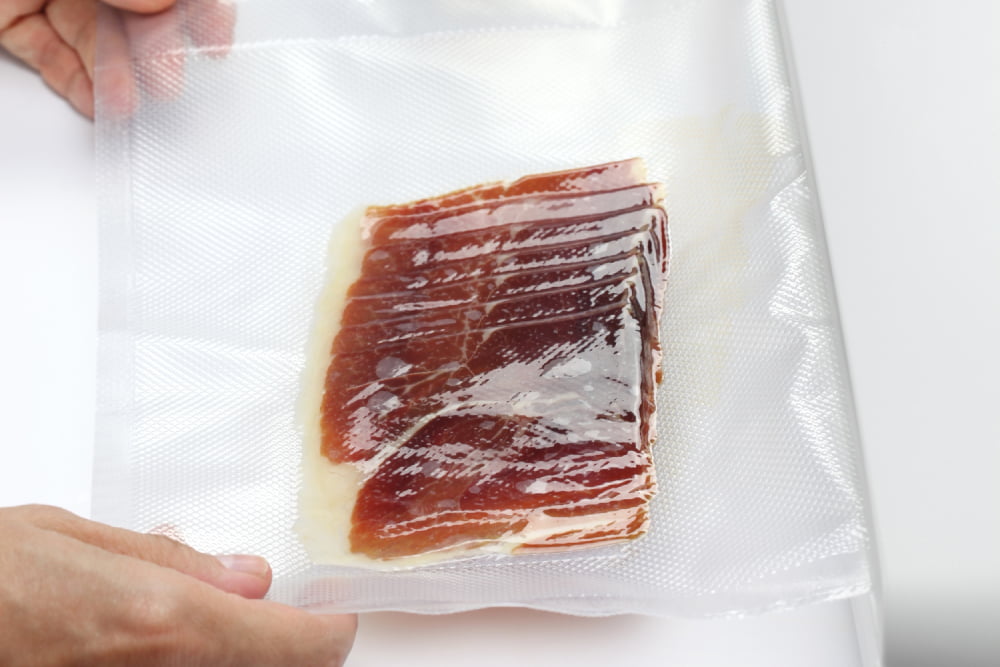4 handy tips for using food vacuum sealers

When it comes to food storage, the importance of food vacuum sealers cannot be overstated. Sealers remove the air around the food, helping keep the food safe and hygienic for long periods. As food is perishable, vacuum sealing can keep air, moisture, dust, and other external elements at bay, increasing the shelf life of food by days, weeks, and even months. So, here are tips for using food vacuum sealers:
1. Freeze meats before sealing
Freezing meat can prolong its shelf life. So, when transporting meat, a crucial step to follow is to freeze the meat right before vacuum-sealing it. This helps prevent bacterial growth in the meat when it is being transported. The sealing should be done immediately after the freezing, as many bacteria thrive at room temperature. The combination of freezing and sealing helps make it easier to thaw the food and, by extension, makes meat-based dishes taste fresh and delicious. Following the right order in storing perishable items helps one make the most of vacuum sealers.
2. Cover sharp food edges with wax paper
Foods like beef jerky and dehydrated fruits or snacks can be challenging to store due to the thinness of the vacuum bags. They come with sharp edges, which can puncture the thin vacuum bags. In fact, heavy meats and food items can tear even thicker bags. To avoid punctures, one can use wax paper. The wax paper may seem delicate, but it is incredibly resilient and malleable. So, one can cover the sharp edges of the food using folded wax paper. This makes the vacuum sealer make the package as airtight as one wants without the possibility of food bags tearing apart in transit.
3. Inspect the seal regularly
As there is always a possibility of vacuum-sealed bags opening or coming apart over time, even with dual bags and wax paper uses, one should inspect the seal regularly. It is important to periodically look for missed openings or any air gaps. Sometimes, the seal can fall apart and its contents can leak into the fridge or storage container. So, regular inspection can help one avoid that outcome. If one notices holes or broken seals, they can simply cut the sealed section of the bag and reseal it.
4. Partially freeze fragile foods before sealing
Just like meats, fragile foods can also benefit from freezing before they are put into bags and sealed. For instance, fresh berries and fish can lose their shape and get crushed if they are sealed directly. Partial freezing can be carried out by placing foods in the freezer for one or two hours and then removing them when they seem firm. Then, one can vacuum seal them in bags. This two-step process helps foods become less susceptible to damage, especially if they are being transported. This also increases the shelf life of the foods. Additionally, freezing foods helps lock their nutritional value.
Vacuum sealers are a handy solution for storing food, and if one follows the abovementioned tips, they can get the most out of this tool.







